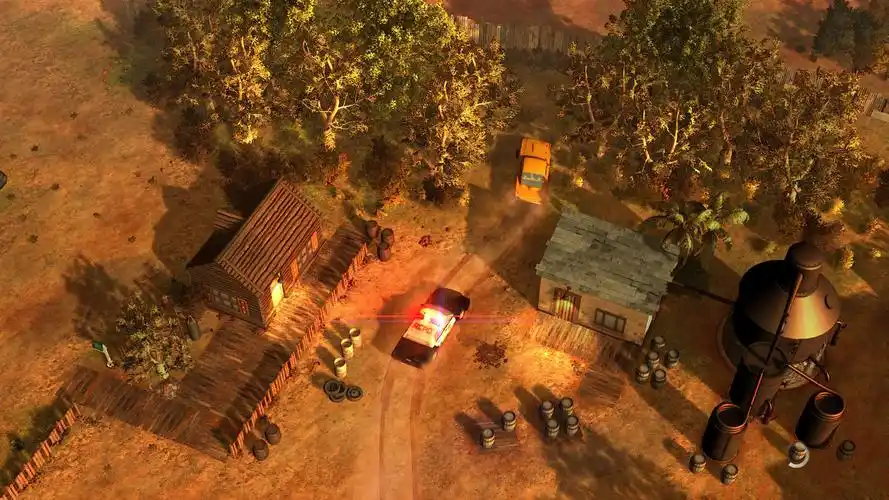Beyond the Click: The Art of Crafting Meaningful Game Journalism
The digital age has democratized game news, but it has also accelerated its metabolism to a frantic pace. A relentless churn of trailers, patch notes, executive statements, and quarterly earnings reports floods our feeds, each headline vying for a sliver of our ever-dwindling attention. In this ecosystem, the immediate "click" is often the primary metric of success. However, behind this curtain of breaking updates and algorithmic urgency lies a critical, often undervalued discipline: the creation of deep, substantive game news content that serves not just to inform, but to enlighten and contextualize.
The primary challenge is the tyranny of the news cycle. Outlets are pressured to be first, to capitalize on the viral moment, to generate that initial burst of traffic. This environment naturally prioritizes speed over depth. A press release about a game delay is repackaged into a dozen nearly identical articles within minutes. While this serves a purpose—quick dissemination of basic facts—it rarely progresses beyond the surface. The reader is left with the "what" but never the "why." Why was the game delayed? What does this mean for the development team's crunch culture? How does this fit into the publisher's broader financial strategy? This pursuit of the "why" is the fundamental differentiator between shallow reporting and deep content creation.
So, what does "deep" game news content look like? It moves beyond the press release and actively engages in synthesis, investigation, and analysis.
1. Synthesis and Contextualization: A deep news piece doesn't just report that a studio has been acquired by a larger corporation. It synthesizes that information. It provides a history of the acquiring company's merger strategy, compares the purchase price to similar industry acquisitions, and interviews industry analysts to gauge the potential impact on the studio's creative output. It answers the reader's unspoken question: "Why should I care about this?" By connecting a single event to the larger tapestry of the industry, the journalist transforms a bulletin into a story.
2. Investigative Rigor: True depth often requires digging beyond the official narrative. This involves cultivating sources within development teams, not just in PR departments. It means filing Freedom of Information Act requests for documents related to public funding of game projects, or meticulously analyzing job listings and LinkedIn profiles to piece together an unannounced project. This kind of investigative work is resource-intensive and time-consuming, but it is the only way to break original stories that reveal the inner workings of the industry, rather than simply repackaging its external communications.
3. Informed Analysis and Critique: News is not just about events; it's about their implications. A deep approach involves applying a critical lens. When a new monetization strategy is announced, a substantive article will analyze it against ethical design principles, player psychology, and historical precedents. It will seek comment from experts in economics or behavioral science, not just fellow games journalists. This elevates the conversation from "This is happening" to "This is what it means for us as players and as an industry."
4. Human-Centered Reporting: At its heart, the games industry is powered by people. Deep content shines a light on the human stories behind the headlines. This could be a reported feature on the formation of a new union at a major studio, exploring the personal stories of the developers involved. It could be a long-form interview with a narrative designer not about their next project, but about their creative philosophy and the challenges of interactive storytelling. By focusing on the people, journalists foster empathy and a deeper understanding of the craft.
Creating this tier of content is not without significant obstacles. It is inherently at odds with the economic models of many modern media outlets, which rely on high-volume, low-effort posts to generate ad revenue. Investigative journalism requires funding for travel, time for research, and legal support—a luxury many outlets cannot afford. Furthermore, journalists who pursue hard questions risk losing access to the studios and PR teams that facilitate the easier, faster news. This creates a chilling effect, where the need to maintain access can subtly discourage truly critical reporting.
Ultimately, the value of deep game news is immeasurable. It builds an informed and critically engaged player base. It holds powerful corporations and studios accountable. It archives the complex, often messy history of this evolving art form and business. It treats its audience not as mere consumers to be captured, but as a community to be conversed with.

The next time a major headline breaks, the initial wave of articles will tell you what happened. The true service of games journalism is to wait, to research, to think, and to return a day, a week, or a month later with the story behind the story—the one that explains not just the event, but the entire world that produced it. That is the work that lasts long after the click has faded.


















